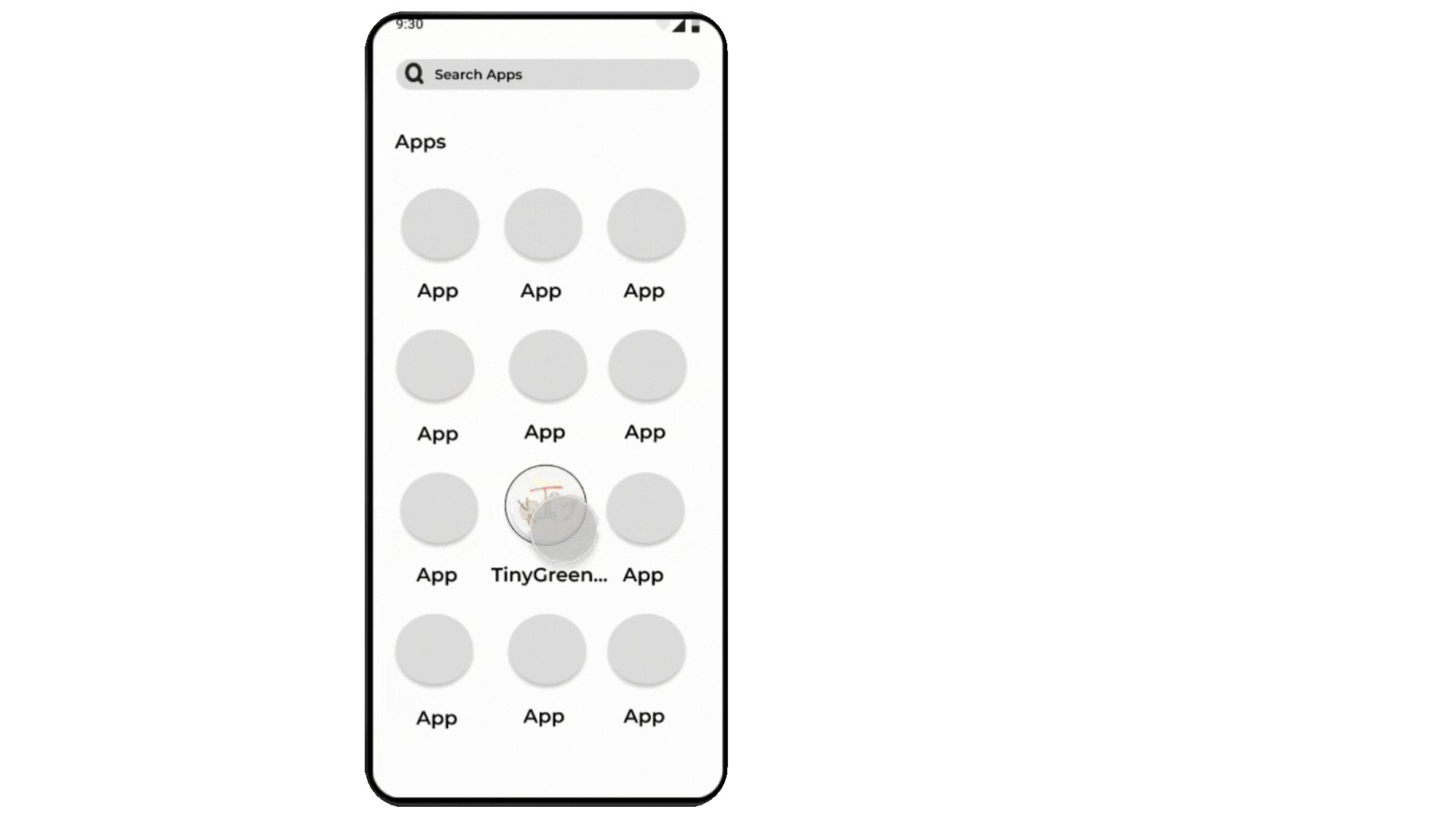

Tiny Green Wardrobe
Design Challenge: Design an app for a company that allows users to buy and resell baby clothes.
Project Name: Tiny Threads Wardrobe
Project overview: Tiny Green Wardrobe is a mobile application designed to create a sustainable marketplace for buying and selling children’s clothing. This platform aims to provide parents with an easy, efficient, and eco-friendly solution to manage their children’s wardrobes. By focusing on the resale of gently used kids’ clothes, Tiny Threads Wardrobe helps reduce textile waste and promotes sustainable fashion practices.
Target Audience :Primary: Parents/Grandparents with children aged 0–5 who are interested in sustainable living and looking for cost-effective clothing solutions.Secondary: Eco-conscious individuals and sustainability advocates.


Empathize
User Research: I have created a total of 6 user personas based on a general secondary research (through various platforms). Among these 6 personas, I have selected 3 personas based on their varied pain points and motivations, as well as their varied demographics.


Sustainability Focus: Riya and Emily prioritize sustainability, indicating a trend among younger users and parents.
Budget and Quality: Laura and Riya seek budget-friendly yet high-quality clothing options.
User Experience: Laura and Emily need a simple, user-friendly interface due to frustrations with complex navigation.
Trust and Reliability: Concerns about trust and the reliability of second-hand clothing highlight the need for a trustworthy platform.
Key Insights


User Stories

Key Insights:
- User Experience: Streamlined, user-friendly interface focused on busy parents.
- Eco-Friendly Initiatives: Emphasize sustainability and eco-friendly practices more heavily than competitors.
- Community Features: Build a strong community aspect with user profiles, forums, and social sharing.
- Pricing Transparency: Offer clear, competitive pricing and commission structures.
- Local and Global Reach: Combine local pick-up/drop-off options with broader shipping capabilities.
Competitive Analysis
The competitive analysis of four second-hand clothing platforms—ThredUp, Kidizen, The RealReal, and Once Upon a Child—was conducted to identify their strengths and weaknesses.
This competitive analysis highlights each platform's unique strengths, such as ThredUp's wide selection and The RealReal's luxury focus, as well as common weaknesses like customer service issues and pricing transparency. These insights can guide the development of a more robust and competitive second-hand clothing platform.
Define
Problem statement: Parents often face the challenge of managing rapidly outgrown children’s clothing, leading to unnecessary waste and high costs. Existing solutions for buying and selling second-hand clothes are often scattered, unreliable, and inconvenient. There is a need for a dedicated platform that streamlines this process, ensuring quality, trust, and ease of use.




Ideate
This user flow diagram outlines the steps a user takes on an e-commerce platform focused on buying and selling products.
Onboarding: Introduction to the platform.
Login/Signup: Users either log in or sign up if not already logged in.
Home Page Navigation: Search Page: Look for specific items.
Categories: Browse categories.
Sale: View sale items.
Cart: Access the shopping cart.
New Listing: List a new item for sale.
Search and Browse: Search: Enter terms to view a product list.
Categories: Select a category to view a product list.
Product Exploration: From the product list, view details on the product page.
Add items to the cart from the product page
.Cart and Checkout: Review the cart, proceed to checkout, enter payment info, and confirm payment. Receive purchase confirmation.
Listing a New Item: Use the camera to create a new listing, upload photos, add details, and confirm the listing.
Key Interactions: Add to Cart: From product pages.
Confirm Payment: To complete a purchase.
Confirm Details: For listing new items.
This flow ensures a smooth experience for both buying and selling on the platform.

User Flow

The sitemap outlines the structure of a mobile app for buying and selling children’s clothing, likely related to the Tiny Green Wardrobe project.
Key Sections:
- Onboarding & Sign-Up :
- Onboarding 1 & 2
- Sign Up Page
- Home Page :
- Menu Drawer:
- Categories, Add a Listing, FAQs, Support
- Body:
- Search Bar, Carousel, Featured, Top Sellers, New Blogs
- Camera:
- New Listing
- Account :
- Profile, Wishlist, My Orders, My Listings, Account Settings, Logout
- Bottom Bar:
- Home, Notifications, Wishlist, Blogs, Cart- Checkout, Payment, Confirmation
This structure ensures a user-friendly experience for managing children's wardrobes.
Sitemap
Wireframes

Low Fidelity Wireframes

High Fidelity Wireframes
Mockups




Tiny Green Wardrobe aims to revolutionize the way parents manage their children’s wardrobes by providing a sustainable, cost-effective, and convenient solution. Through its user-friendly design, trusted marketplace, and commitment to environmental sustainability, Tiny Green Wardrobe will foster a community of eco-conscious parents and contribute to the global movement towards sustainable fashion.
Future Improvements: Innovative Features: Integrate features like virtual wardrobe organization, subscription services, or customization options for users.
Conclusion:
